Since the ongoing model will conclude its production cycle by the end of this year, we decided to look back at the British legend. The next model in the range will be “the best car in the world,” according to Rolls-Royce, so it is time to see its predecessors before playing the waiting game that will take place during the one-year hiatus in Phantom production.
The description of "the best car in the world" was first given to the Rolls-Royce Silver Ghost, the predecessor of the first Phantom. It was published in Autocar in 1907, along with a review of the car.
The First Phantom
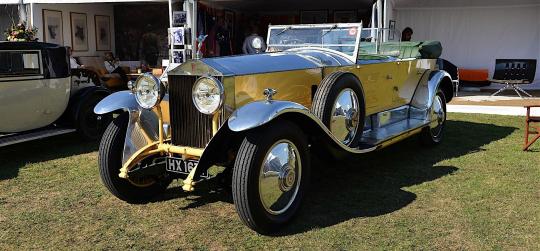
The year was 1925, and Rolls-Royce launched a replacement of the 40/50 h.p. model that became known as the “Silver Ghost.” The car was introduced as the New Phantom, and it came with an inline-six cylinder engine with pushrod-operated valves.
Only 3,512 units were made, which turned every surviving example into a precious collectible in the 21st Century.
The first ever Phantom was built on the same frame as its predecessor, and Rolls-Royce manufactured it in two factories. One was in Derby, United Kingdom, while the second was in Springfield, Massachusetts (USA).
As with many comparable models of the day, Rolls-Royce only built the chassis and mechanical parts of the vehicle, while a dedicated coachbuilder constructed the body. At the time, coach building was a major industry, and it allowed clients to customize their cars to a complete level. The Second Phantom
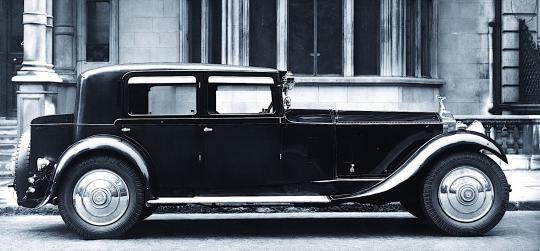
Launched just four years after the New Phantom, the car referred today as the Phantom II was named Phantom, while its predecessor was only named Phantom I.
For a brief period, the two models were simultaneously available. Just like the first Phantom, the Mk 2 model used a 7.7-liter inline six engine, but the unit was improved with this generation.
Even though the platform was similar, the chassis was entirely new. The engine was bolted directly to the four-speed manual transmission. Unlike the previous models, all Phantom II rolling chassis were made at Rolls-Royce’s facility in Derby.
The tradition of coachbuilding was continued with this model, and the owner still got the chance to select a company that could make a one-off body for his or her Phantom II. Famous enterprises that handled jobs like these include Hooper, Mulliner, Park Ward, and Henley.Phantom III
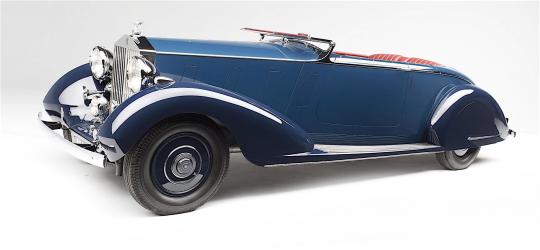
This generation of the Phantom was the first of its kind to feature a V12 engine. Furthermore, the brand did not employ that power plant configuration again until 1998.
Only 727 rolling chassis of this generation Phantom were made in its three-year existence, but the last car was delivered to its owner in 1947.
If you have not linked the years with history, Rolls-Royce stopped making the Phantom when World War II broke out, and the last rolling chassis received a body and got delivered to its owner six years after its completion, which happened two years after the war had ended.
The 7,33-liter V12 unit was made of aluminum alloy, and it had 24 spark plugs, two distributors, and two coils. The model was bodied by multiple companies, including many of the ones listed above for the Mk 2 Phantom. Body types included coupes, convertibles, and saloons.Phantom IV
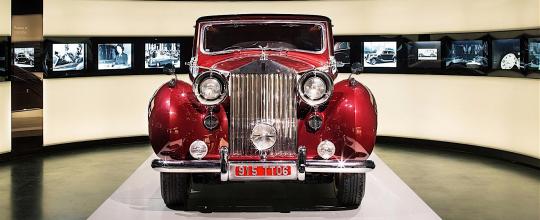
The fourth generation of the Rolls-Royce Phantom was and remained the most exclusive model in the lineup. This statement is true because Rolls-Royce only made eighteen of them between 1950 and 1956, and all but one were sold exclusively to heads of state and royalty.
This generation of the Phantom was the only Rolls-Royce ever motorized by a straight-eight engine. The unit was appreciated for its power and its capabilities of driving long distances at very low speed. Just like its predecessors, each unit had its body made by a coach building company.
The Phantom IV was initially supposed to be a one-off, which was developed after Prince Philip drove an experimental car in 1948. Apparently, the Duke of Edinburgh liked the prototype so much that an order was placed for the car that became the first Rolls-Royce owned by the British Royal family. Sixteen of the 18 Phantom IV cars still exist, and all are prized posessions.Phantom V
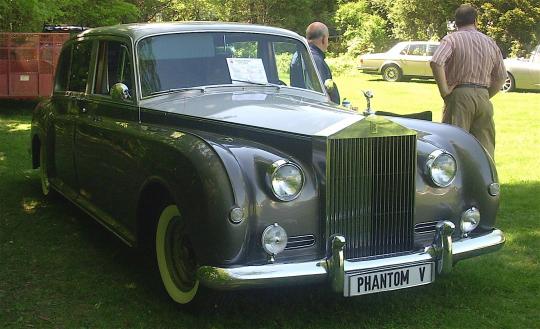
The fifth generation of this saloon was built in Crewe, the current home of Bentley. This happened because Rolls-Royce used to own Bentley before the brand got sold to Volkswagen.
The entire deal is too complicated to explain here, as we are focusing on the Phantom’s legacy, not the historical links between two eccentric British brands.
Rolls-Royce’s Mk 5 Phantom was equipped with a V8 engine, and only 516 units were made. The main company built chassis and drivetrains for the Phantom V, while previously independent coachbuilders made bodies for them.
Power assisted steering along with a four-speed automatic transmission were standard. Rolls-Royce had acquired companies like Mulliner, James Young, and Park Ward, and these were now responsible for building standard designs for the main automaker. Production lasted for nine years.Phantom VI
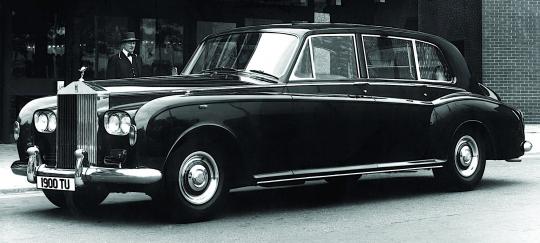
The sixth generation of the Phantom replaced the fifth generation in the same year when the latter exited production. It was still offered in the form of a rolling chassis that had to be fitted by a coach builder. Only 374 units were made in its 22-year production run, and Mulliner Park Ward completed most of the bodies for them.
The sixth generation of the Phantom also came with a 6.23-liter V8 unit, like its predecessor, but it was then upgraded to a 6.75-liter power plant.
Beginning with the year 1979, the Mk VI Phantom had separate front and rear air conditioning systems. This model was never retailed in the USA because of EPA and NHTSA regulations.
What’s most important about the sixth Phantom, along with the fact that the company switched from independent ownership to Vickers plc during its existence, was the fact
that it was the last of the Rolls-Royce cars that were made with a separate chassis.Phantom VII
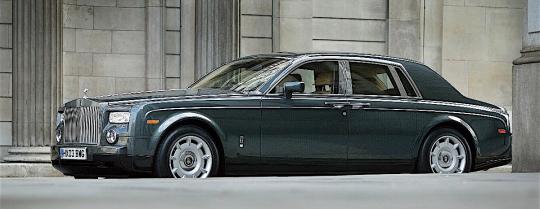
The seventh generation of the Rolls-Royce Phantom was released 13 years after its predecessor concluded its production. It also came to market 78 years after the first ever Phantom.
This model also marked a new era for Rolls-Royce, as it came to market five years after BMW established the British brand as its subsidiary. The year 2003 also marked the inauguration of the administration and production facilities located in Goodwood, United Kingdom.
Each car is built to individual specification when paint, wood, and leather elements are concerned. While retaining traditional design cues, the Mk 7 Phantom is made from aluminum with the latest available technologies at the time. The model comes with a 6.7-liter V12 unit, developed by BMW.

The Phantom received a mild facelift in 2012, which brought numerous technical and technological elements and modifications, without significantly affecting the exterior design.
One must have a keen eye for the British brand to be able to tell the two versions of the Phantom seven apart, but it can be done. We suggest looking for a rectangular LED light instead of the round lower lighting unit on the front end, as well as a “single-step” rear bumper.
This generation will be the last Phantom that was available as a Coupe or Drophead versions, along with the regular wheelbase and extended wheelbase sedans.








